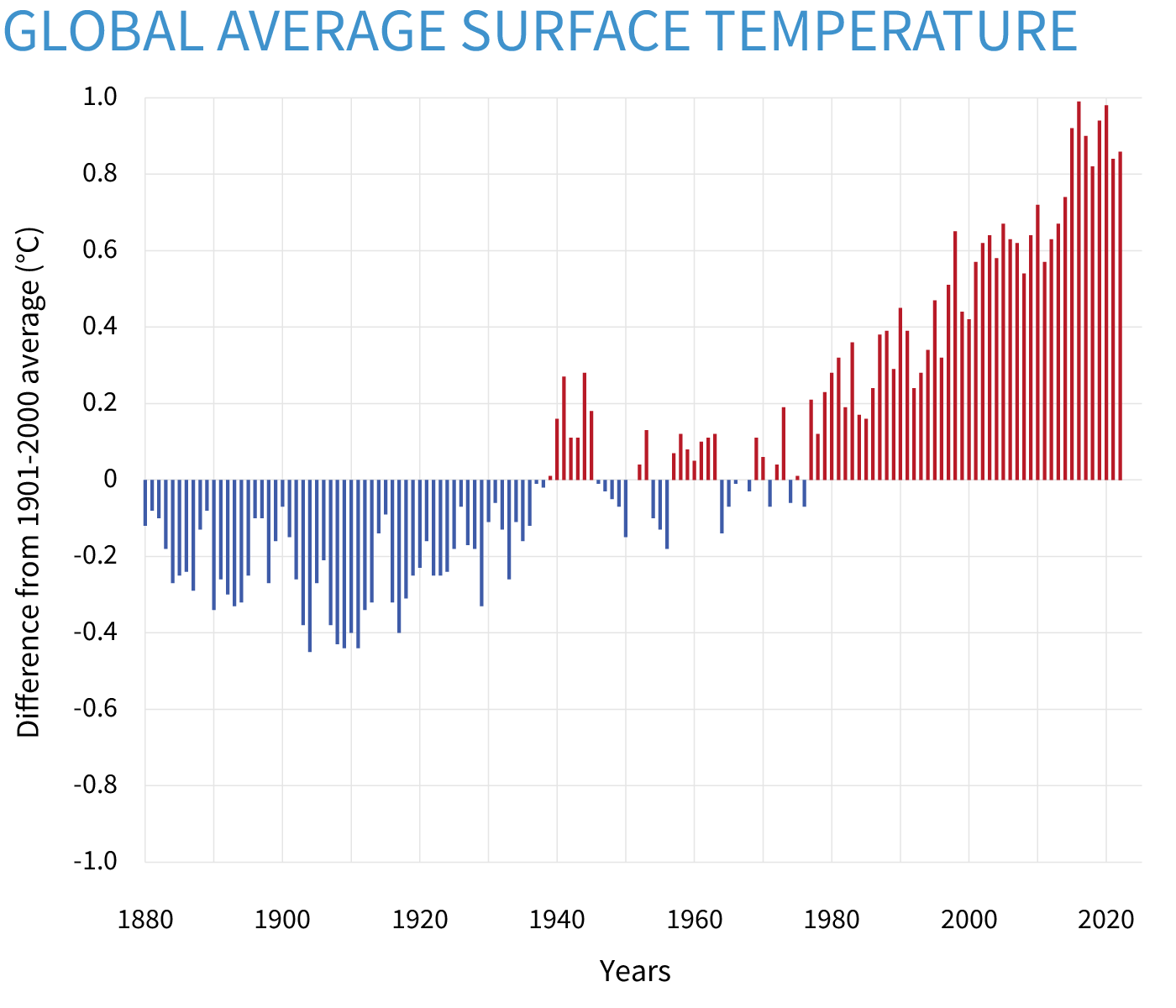The timeline to hit net zero is agonizingly brief—just 26 years. The
International Energy Agency produces detailed transition scenarios, tracking more than 550 clean-energy technologies and 400 milestones we’ll need to reach along the way. The list of fields requiring revolutionary progress includes energy efficiency, wind power, solar infrastructure, energy storage and many, many more. In only a small handful of these areas are we currently moving in the right direction at the necessary speed.
There are many potential paths to net zero, but none is remotely easy. Beyond the technological challenges, the transition involves staggering amounts of money. Estimates vary: In 2022 the global consulting firm McKinsey & Co. found that businesses, governments and households worldwide need to put forward a
total of $275 trillion between now and 2050, peaking in the near term at 8.8% of global gross domestic product. (For comparison, the Biden administration’s
Inflation Reduction Act—widely considered to be America’s most important climate action policy to date—is expected to generate climate and energy spending that, even if it were all carried out in a single year, would only amount to an estimated 2% to 4.5% of US GDP.) A new report from the BloombergNEF research group pegs the price of achieving net zero lower than McKinsey did, though still at a mind-boggling
$215 trillion.









